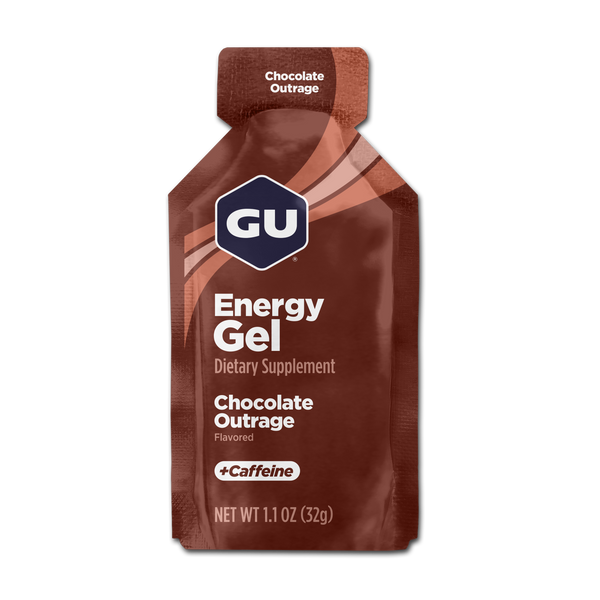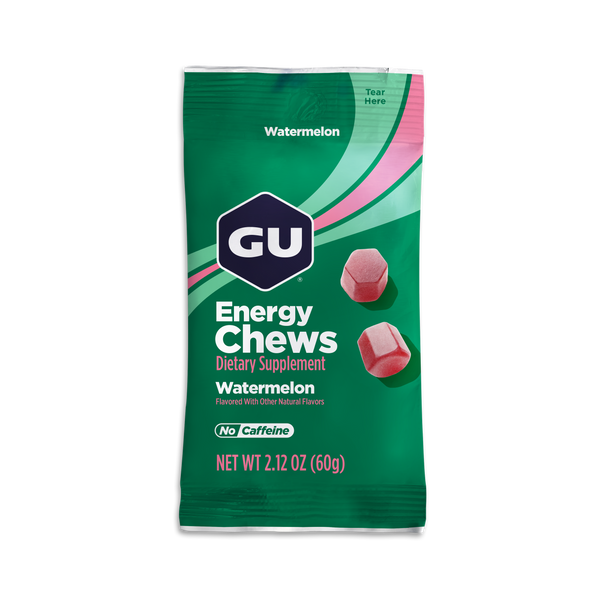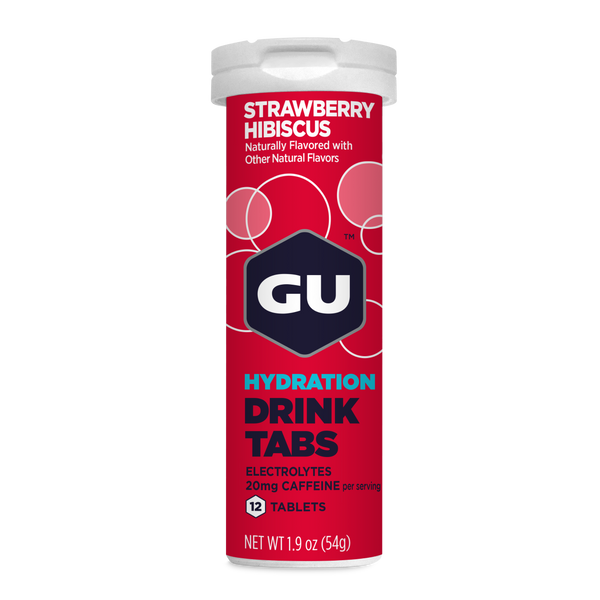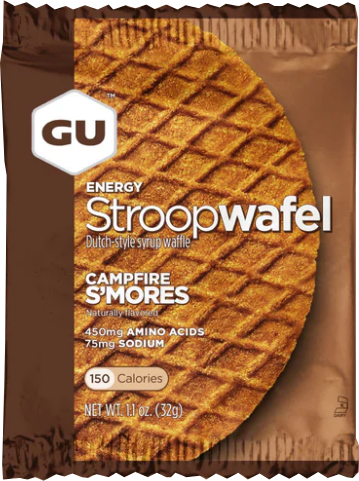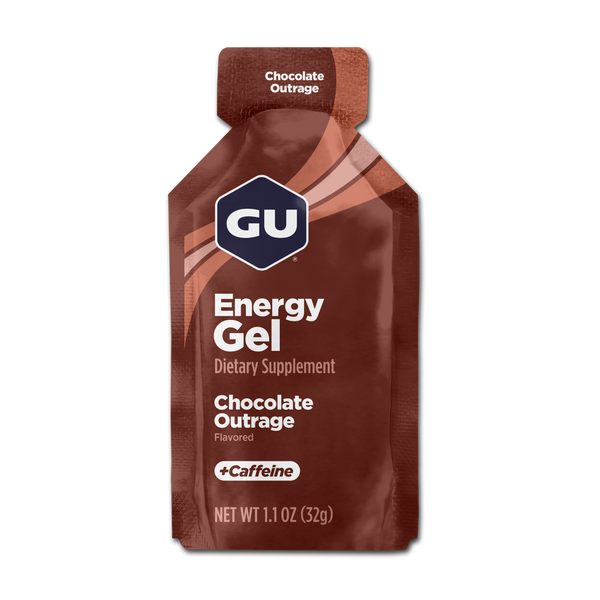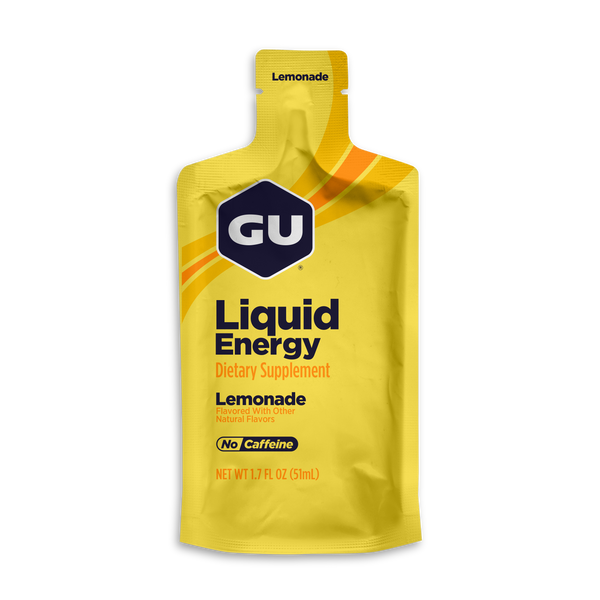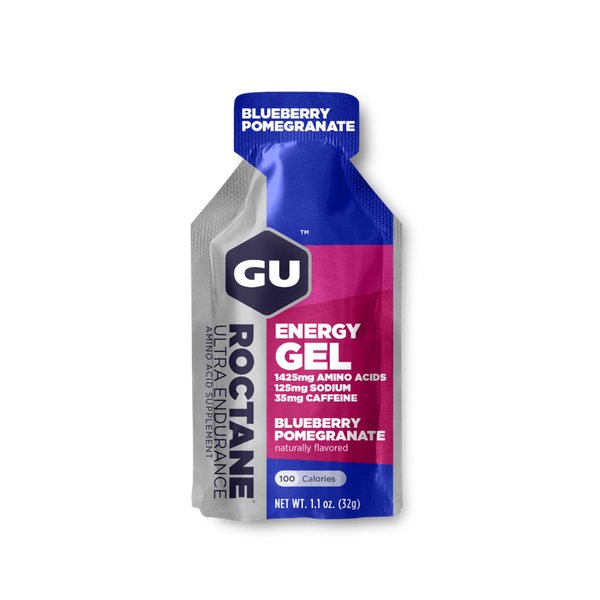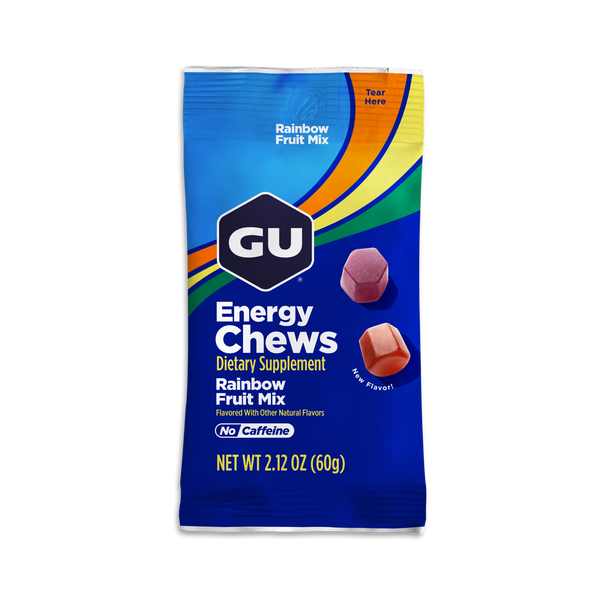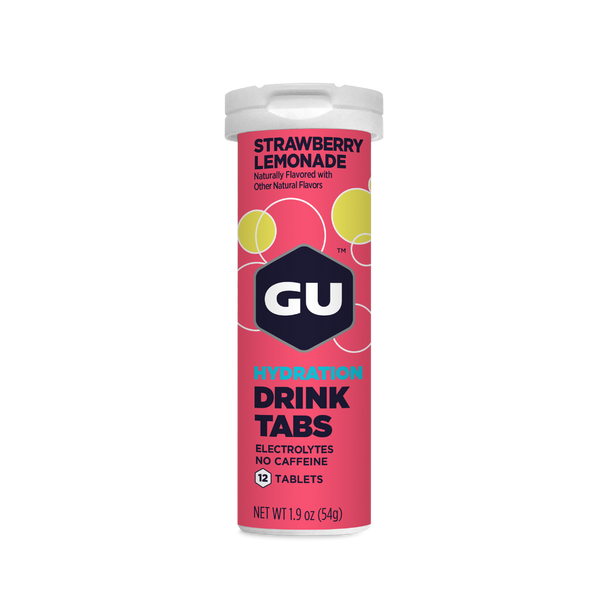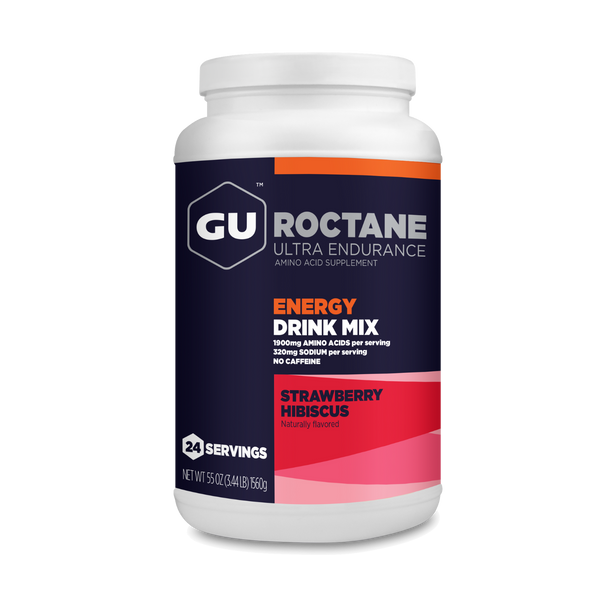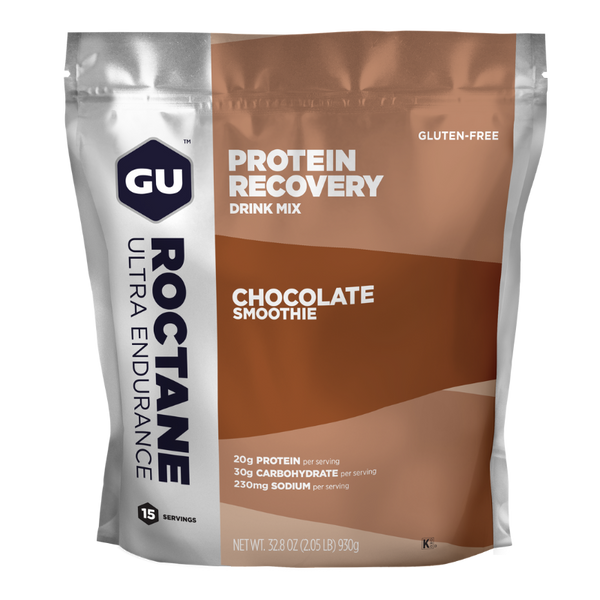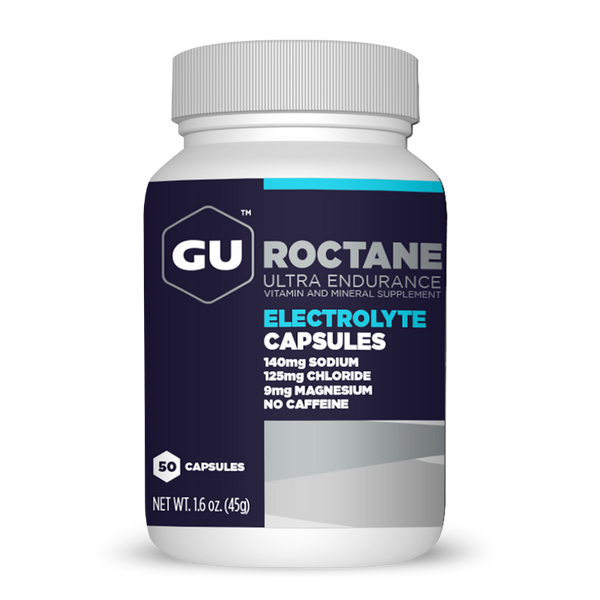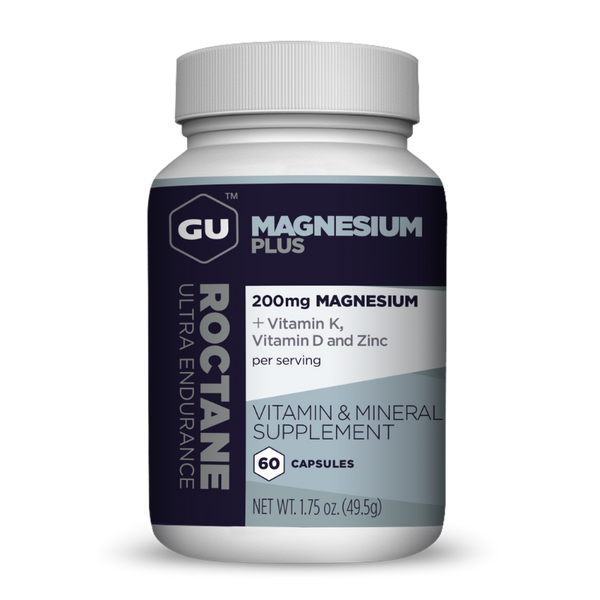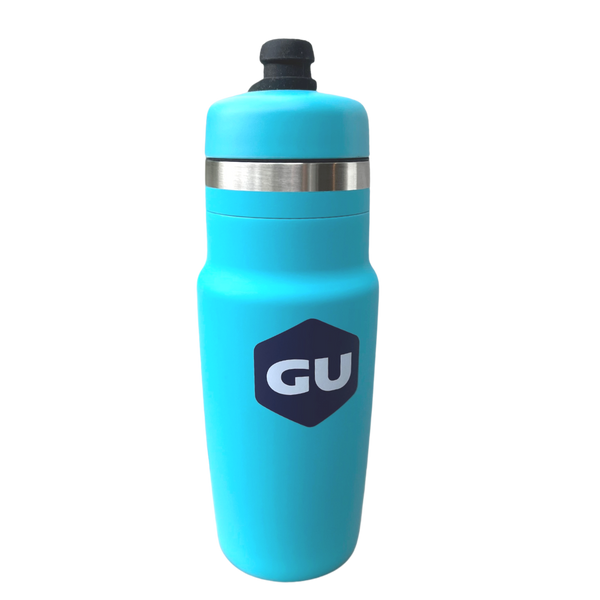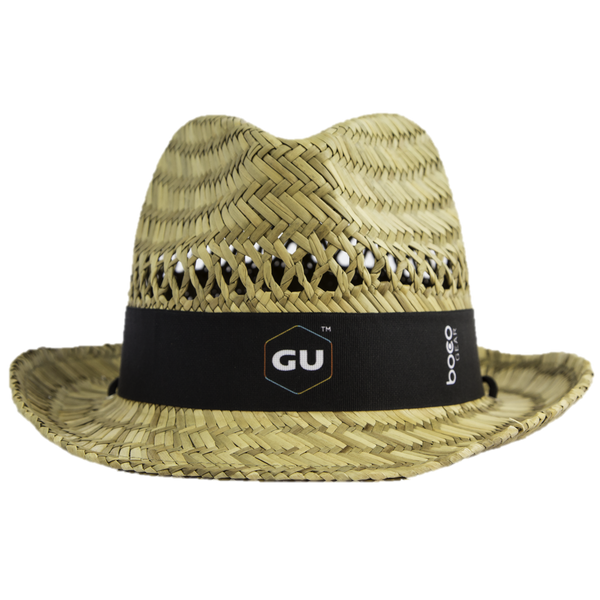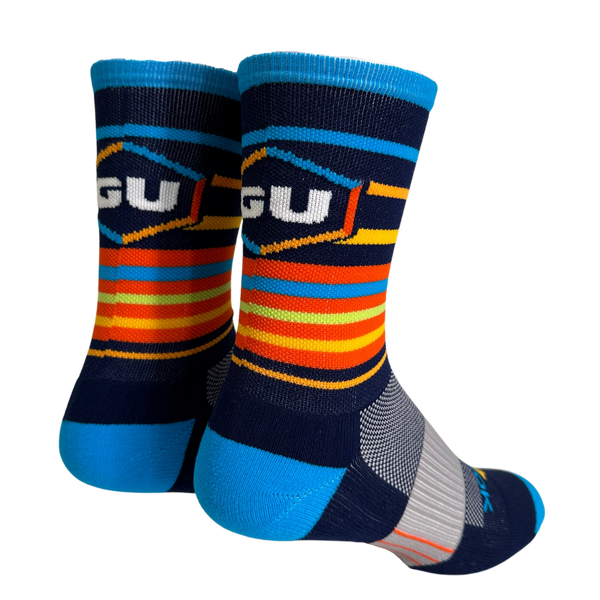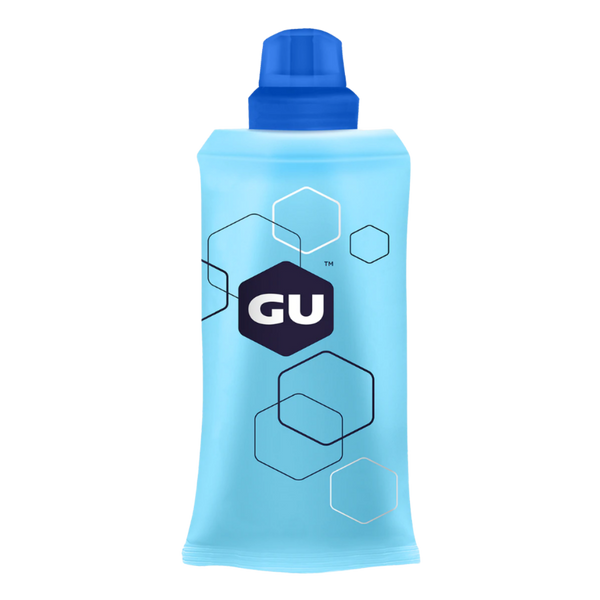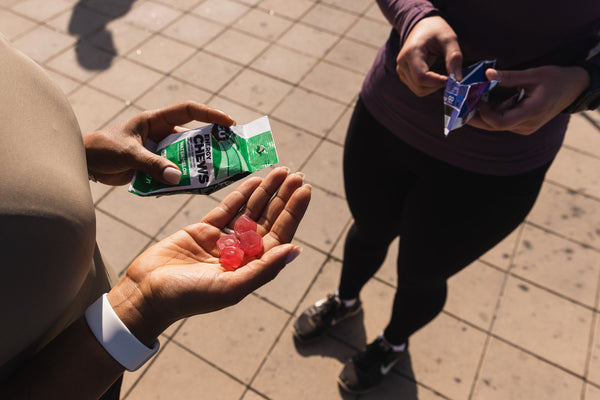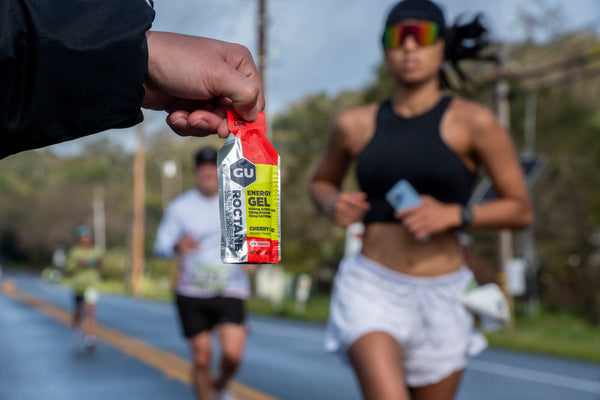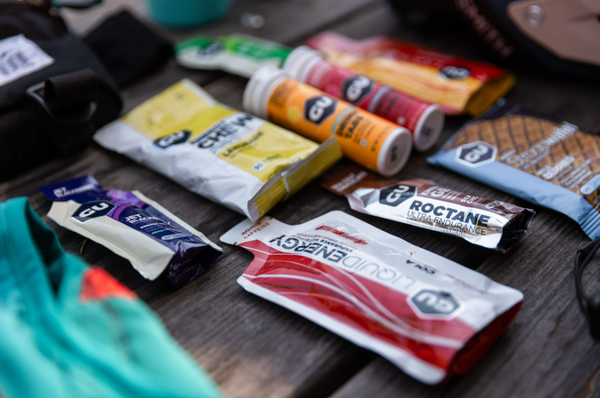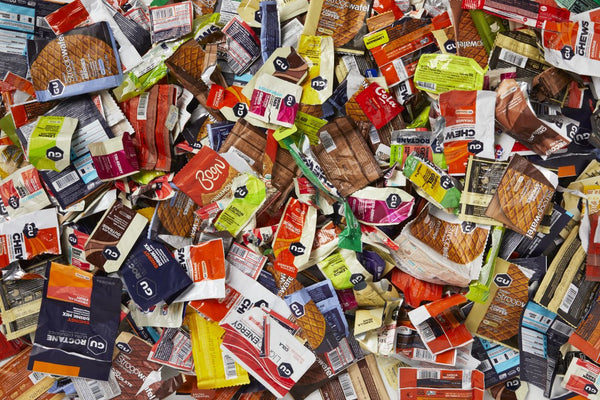How to Train for a Half Marathon: Setting Goals for the New Year
A new year means new goals—and there’s nothing quite like setting your sights on a half marathon to inspire and challenge yourself. If you’re lacing up for your first 13.1 miles or aiming to shave minutes off your personal best, training for a half marathon is the perfect way to start the year strong. With the right plan, mindset, and a little help from GU, you’ll be crossing that finish line before you know it.
Why Set a Half Marathon Goal for the New Year?
A half marathon is a big deal. It’s long enough to push your limits but short enough to be achievable with consistent training. Here’s why it’s an ideal goal to kick off the year:
1. A Fresh Start
The new year is all about new beginnings, and there’s no better way to create focus and momentum than by working toward a race. A half marathon gives you a tangible goal to work toward, keeping you motivated and on track.
2. Health and Fitness Benefits
Training for a half marathon does wonders for your body and mind. You’ll build endurance, strengthen your muscles, and boost your mental resilience. Plus, running is an excellent stress reliever—perfect for shaking off any lingering holiday tension.
3. Achieving Something Big
Crossing the finish line of a half marathon is a moment you’ll never forget. It’s a powerful reminder of what you can accomplish with dedication and effort.
How to Train for a Half Marathon: Key Steps
Assess Your Fitness Level
Before diving into a training plan, take a moment to evaluate where you’re starting.
· Beginners: If you’re new to running, start with shorter runs and focus on building a consistent routine.
· Intermediate Runners: If you’ve already completed a 10K or are running regularly, you’re ready to jump into a structured plan.
Be honest with yourself—it’s better to start conservatively and build up than to risk injury by doing too much, too soon.
Build a Training Plan
A solid training plan is your road map to success. Most plans are 10-12 weeks long and include a mix of running, rest, and cross-training.
· Long Runs: These are the backbone of your training. Each week, gradually increase your long run distance to build endurance.
· Easy Runs: Keep these shorter and at a conversational pace to improve aerobic capacity.
· Cross-Training: Activities like cycling, swimming, or strength training help prevent burnout and build overall fitness.
· Rest Days: Yes, rest days are training days! They’re essential for recovery and injury prevention.
Focus on Consistency
Success isn’t about perfection—it’s about showing up consistently. Life happens, and you might miss a run here or there. What matters most is sticking with the plan and not letting setbacks derail your progress.
Half Marathon Training Plans
Here are some examples of how to structure your training:
Beginner Training Plan (12 Weeks)
· Weekly Mileage: Starts at 10-15 miles per week.
· Long Runs: Begin at 3 miles, gradually increasing to 10-12 miles.
· Rest Days: At least 2-3 per week to allow for recovery.
· Key Focus: Building endurance and creating a consistent running habit.
Intermediate Training Plan
· Weekly Mileage: Starts at 20 miles, incorporating speed work or hill training.
· Long Runs: Build up to 12-13 miles, with some runs including race pace segments.
· Key Focus: Improving stamina and refining pacing strategies.
Advanced Training Plan
· Weekly Mileage: 30+ miles, with advanced techniques like tempo runs and intervals.
· Long Runs: Reach up to 13 miles with race pace efforts.
· Key Focus: Fine-tuning performance and aiming for a personal best.
Half Marathon Training Tips
Pacing is Key
During training, learn to run at your target race pace. Start slow on long runs to build endurance and avoid burnout. By race day, pacing will feel second nature.
Strength Training and Stretching
Adding strength training improves your running efficiency and reduces the risk of injury. Don’t skip your warm-ups and cool-downs—dynamic stretches before runs and static stretches afterward go a long way.
Fueling During Long Runs
Practice using energy gels during training to ensure your stomach tolerates them on race day. GU Energy Gels provide a quick, easily digestible carb source to keep you energized. Take one every 30-45 minutes, and always follow with water.
Listen to Your Body
Training for a half marathon is tough, and some days will feel harder than others. Pay attention to your body’s signals and adjust as needed. If you’re overly fatigued or feeling pain, it’s okay to scale back.
Race Day Nutrition and Fueling
Best Running Gels for Half Marathon
Energy gels are a runner’s best friend on race day. GU delivers a blend of carbs, electrolytes, and (optional) caffeine to keep you powered up. With three options such as the Original Energy Gels, Roctane Energy Gels, and Liquid Energy Gels in flavors like Salted Chocolate and Espresso Love, fueling is something to look forward to. If gels aren’t your thing, check out our Energy Chews and Energy Waffles that provide sustainable energy throughout your runs.
“Decided to try [GU] when my “go to” energy gel was out of stock. I was pleasantly surprised with the results. I used the GU Salted Watermelon on an 18 mile training run. I took it exactly as directed. Not only was the taste great, but I the gels made my run feel relatively effortless. I got the boost when i needed it and was less sore after the run. Other positives: compact, easy open, no GI distress. Can’t wait to use on race day. And, GU is now my new “go to” energy product.” - Fabio P.
Hydration Strategies
Hydration is critical for maintaining performance. Alternate between water and electrolyte-rich drinks like Hydration Tabs to stay balanced. Start hydrating before the race, sip consistently during, and rehydrate fully afterward.
Timing Your Nutrition
· Pre-Race: Eat a high-carb, low-fiber meal 2-3 hours before the race.
· During the Race: Take gels every 30-45 minutes and hydrate consistently.
· Post-Race: Replenish glycogen stores with carbs and repair muscles with protein, such as our Roctane Protein Recovery Mix.
Tips for Staying Motivated
Track Your Progress
Use a training log or app to monitor your mileage, pace, and progress. Seeing your improvement over time is a huge motivator.
Find a Support System
Training with a friend, joining a local running group, or connecting with an online community can keep you accountable and make the process more enjoyable.
Visualize Race Day
Take a few moments each week to imagine crossing the finish line. This mental exercise helps you stay focused on your goal and builds confidence.
The Role of Recovery in Training
Recovery is where the magic happens—it’s when your body adapts to the stress of training and gets stronger.
Rest Days are Training Days
Scheduled rest days allow your muscles to repair and prevent overtraining. Embrace them as a key part of your plan.
Post-Run Recovery Tips
After each run, stretch, hydrate, and consider foam rolling to release tight muscles. For longer runs, refuel with a recovery product like the Protein Recovery Mix to replenish glycogen and support muscle repair.
Training for a half marathon is a journey of growth, discipline, and self-discovery. With a well-structured plan, consistent effort, and the right nutrition, you’ll be ready to conquer 13.1 miles and feel stronger than ever. So, lace up your shoes, set your goal, and let’s make this the year you crush your half marathon dreams.
Half Marathon Training FAQs:
Q: How long does it take to train for a half marathon?
A: Most plans are 10-12 weeks long, but this depends on your starting fitness level.
Q: What’s the best way to fuel during a half marathon?
A: Use Energy Gels or Chews every 30-45 minutes and hydrate with water or electrolyte drinks.
Q: What should I eat before race day?
A: A high-carb, low-fiber meal 2-3 hours before the race is ideal, paired with steady hydration. During the race, be sure to come prepared with sodium, calories, hydration, and BCAAs to keep your energy high and sustained.

